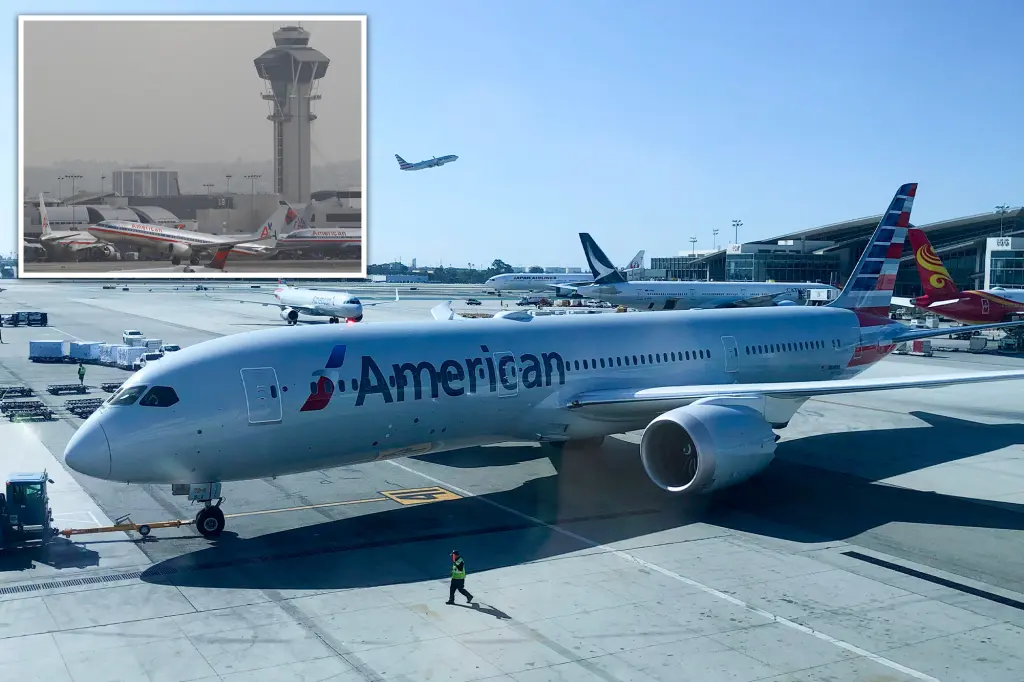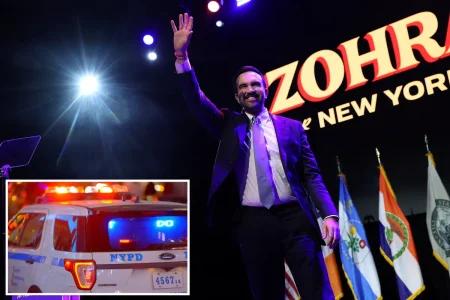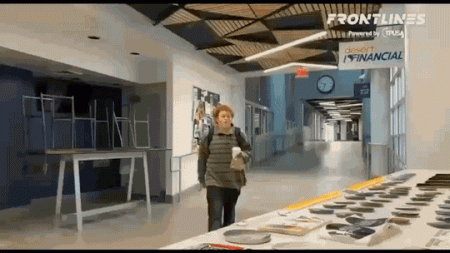Close Call at LAX: American Airlines Flight Avoids Collision with Cargo Plane
In a tense moment at Los Angeles International Airport, quick thinking and rapid response from air traffic controllers and pilots prevented what could have been a serious runway incident. American Airlines Flight 2453, bound for Boston with 94 passengers and seven crew members aboard, was forced to abort its takeoff when an Aerologic cargo plane unexpectedly crossed the runway without proper authorization. The incident, which occurred on a Sunday morning, highlights the critical safety protocols that keep the skies and runways safe even when things don’t go according to plan.
As Flight 2453 accelerated down the runway, reaching approximately 154 miles per hour according to Flightradar24 data, the flight crew noticed something alarming – another aircraft crossing their path ahead. Simultaneously, air traffic controllers spotted the potential conflict and immediately instructed the American Airlines pilots to abort their takeoff procedure. The pilots responded instantly, activating the aircraft’s braking system and bringing the rapidly accelerating plane to a controlled stop. Federal Aviation Administration officials later confirmed that the two aircraft came within approximately 5,200 feet of each other – a concerning proximity in aviation terms, especially considering the speed at which the passenger plane was traveling.
The unauthorized runway crossing by Aerologic Flight 619 represents what aviation safety experts call a “runway incursion” – one of the most dangerous scenarios at busy airports like LAX. Such incidents receive intense scrutiny from safety regulators because they can lead to catastrophic accidents if not caught in time. This type of incident is precisely why airports have multiple layers of safety systems, including ground radar, strict communication protocols, and vigilant air traffic controllers whose primary responsibility is maintaining safe separation between aircraft. The system worked as designed in this case, with both human observation and prompt communication preventing a potential collision.
For the passengers and crew aboard the American Airlines flight, the abrupt halt likely came as a jarring surprise. When a plane aborts takeoff at high speed – a procedure known as a “rejected takeoff” in aviation terminology – the experience can be unsettling for those onboard. The sudden application of maximum braking force, reversal of engine thrust, and rapid deceleration creates forces that push passengers forward against their seat belts, often accompanied by the distinct smell of heated brake components. Despite the dramatic nature of the event, the aircraft’s systems are specifically designed to handle such emergency procedures, and the pilots are extensively trained to execute them perfectly.
After the incident, safety protocols would have required the aircraft to return to a maintenance area for a thorough inspection, particularly of the braking system which endures tremendous stress during high-speed aborts. The passengers, though delayed, were fortunate that the aircraft was deemed airworthy to continue its journey. According to American Airlines, Flight 2453 later departed for Boston “without a hitch,” completing its transcontinental journey safely, if somewhat behind schedule. The airline publicly acknowledged the professionalism of their crew members, stating: “We thank our crew members for their quick action and our customers for their understanding.”
This incident serves as a powerful reminder of the complex choreography that makes commercial aviation the safest form of transportation in modern history. Each day, thousands of flights operate safely because of rigorous procedures, advanced technology, and well-trained professionals who remain vigilant even in routine operations. The FAA will undoubtedly conduct a thorough investigation into how the cargo plane came to cross an active runway without proper clearance, with the goal of preventing similar occurrences in the future. Meanwhile, the flying public can take reassurance from this event – not because it happened, but because the safety systems worked exactly as they should, turning what could have been a tragic headline into merely a momentary disruption in the daily rhythm of one of America’s busiest airports.











